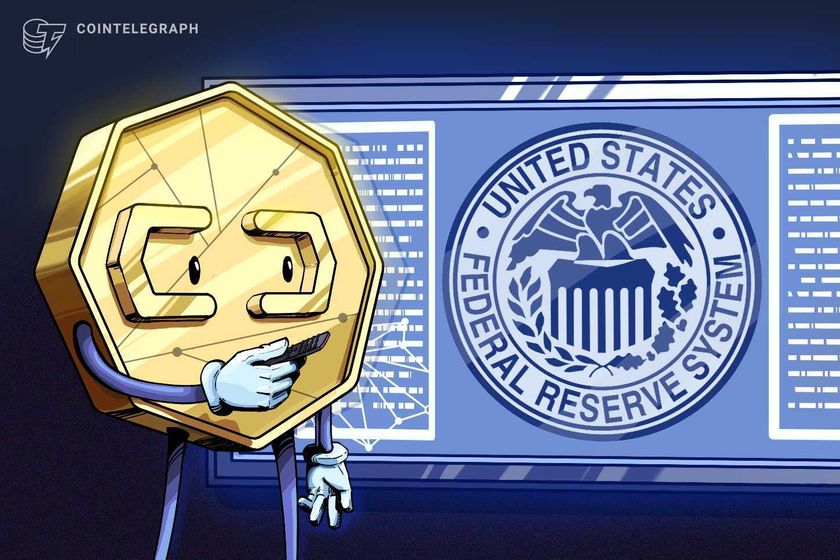Ripple’s XRP Ledger Ignites Brazil’s Digital Finance Boom with VERT’s $40M Tokenized Fund

- Ripple and VERT have completed a $40 million regulated credit issuance on the XRP Ledger.
- Brazil leads the global shift to compliant, blockchain-powered finance.
- VERT’s second on-chain fund marks a new phase in tokenized credit adoption.
Ripple announced that Brazilian asset manager VERT has completed its second on-chain issuance, bringing over $40 million in regulated credit backed by public-pension receivables to the XRP Ledger. This marks another major step for Brazil’s financial modernization, as the nation continues to merge compliance-ready blockchain infrastructure with traditional finance.
Earlier this year, VERT launched its first tokenized fund on the XRP Ledger and its EVM Sidechain. Just three months later, the company has expanded its operations with a second issuance, showing that tokenization in Brazil is moving from early trials to mainstream market use. The latest fund is backed by public-pension receivables, considered one of the country’s most stable and low-risk financial assets.
Each receivable represents a share of monthly pension payments owed by Brazil’s federal government, giving investors access to predictable, government-backed cash flows. The current fund manages around BRL 200 million (USD 40 million) in assets and aims to grow to BRL 1 billion (USD 190 million) as institutional interest accelerates.
Automation and Compliance on the XRP Ledger
VERT’s latest move introduces VERT Sign, a document-signing and verification solution built on the XRPL EVM Sidechain. This system automates the purchase and management of receivables through verifiable digital signatures and wallet-based execution, cutting down manual work and operational risks.
According to a remark by Gabriel Braga, Digital Assets Director at VERT, the automation and compliance system enables the tokenized financial assets to shift from being mere digital replicas to fully-fledged assets.
This system is responsible for storing all documents and payments directly on the blockchain system, making it possible to audit the entire system with a one-way efficiency that meets the Brazilian market’s compliance requirements for the issuance of securities.
Both VERT and fintech company BYX intend to further advance their concept of tokenization by the end of the current year by relating credit issuance to the management of portfolios using blockchain technology.
Setting a Global Example for Regulated Blockchain Finance
Ripple and VERT are also partnering with the Securities and Exchange Commission of Brazil with the LEAP program, which is a research project that aims to investigate the application of blockchain technology for secondary trading in a regulated market environment. This project aims to enhance secondary trading of the funding of securities using the DEX of the XRP Ledger.
Silvio Pegado, the Managing Director for LATAM at Ripple, pointed out that Brazil’s strategy demonstrates that regulation and innovation can progress together. VERT has closed over 390 structured credit agreements in the last nine years, with a value of issuances of BRL 104 billion. VERT’s collaboration with Ripple places Brazil at the forefront of the integration of compliance, transparency, and digital finance.
Also Read: Ripple’s RLUSD Stablecoin Hits $789M, Driving XRP Ledger’s Institutional Boom
You May Also Like

Federal Reserve expected to slash rates today, here's how it may impact crypto
Market participants are eagerly anticipating at least a 25 basis point (BPS) interest rate cut from the Federal Reserve on Wednesday. The Federal Reserve, the central bank of the United States, is expected to begin slashing interest rates on Wednesday, with analysts expecting a 25 basis point (BPS) cut and a boost to risk asset prices in the long term.Crypto prices are strongly correlated with liquidity cycles, Coin Bureau founder and market analyst Nic Puckrin said. However, while lower interest rates tend to raise asset prices long-term, Puckrin warned of a short-term price correction. “The main risk is that the move is already priced in, Puckrin said, adding, “hope is high and there’s a big chance of a ‘sell the news’ pullback. When that happens, speculative corners, memecoins in particular, are most vulnerable.”Read more

Shiba Inu’s (SHIB) Price Prediction for 2025 Points to 4x Growth, But Mutuum Finance (MUTM) Looks Set for 50x Returns
